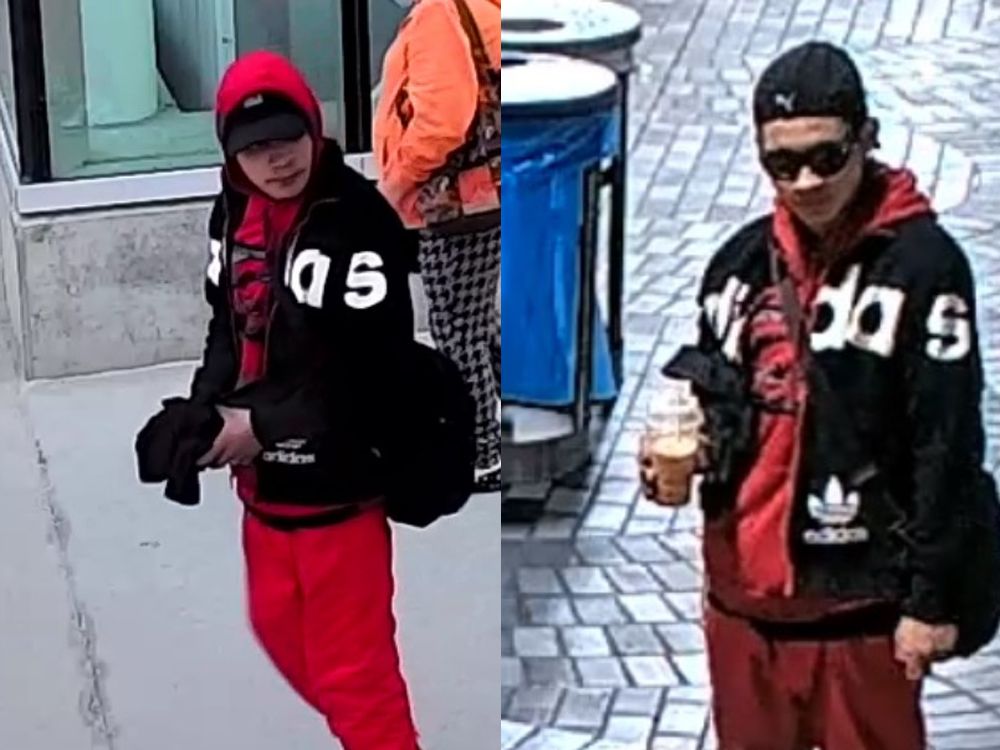jason403
Active Member
Absolutely true. I think it's because there hasn't been much pushback to having homeless people and drug addicts using these spaces as temporary shelter during the day, especially when the weather is cold. It just comes off as cruel if the police or Peace officers are seen as kicking these people out.Why is an LRT station treated differently than a rec center, library, school, city hall, or any other public building? I don’t get it.
The thing is that they make a lot of people feel unsafe, and the least that should be done is kicking these people out of transit centers and stations. What to be done afterwards is a social issue and should be dealt with there, but at the least once these addicts especially realize they can't use transit centers to do drugs, they will stop going there. The problem isn't solved for their drug use, but at the least it's not a transit problem anymore.








